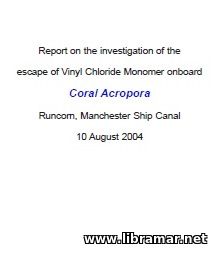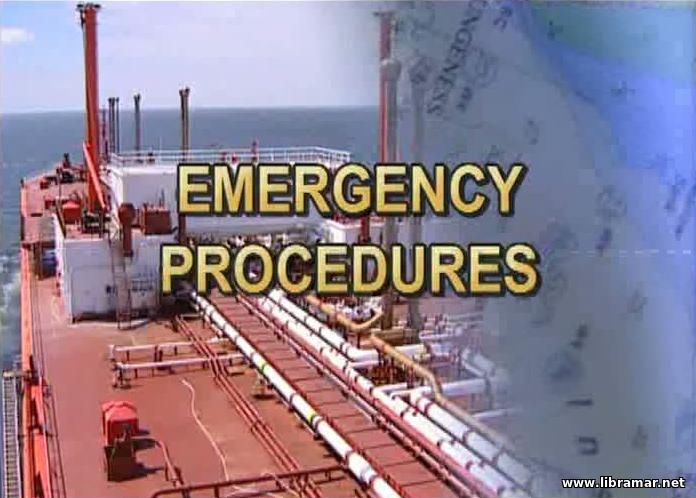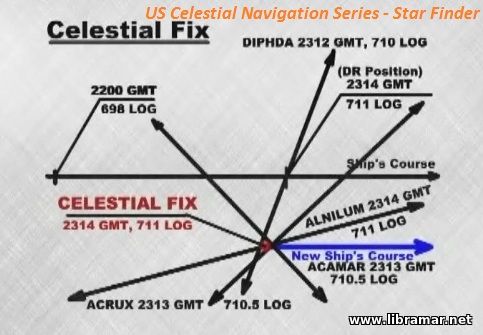Considerations Affecting Freeboard

General
The minimum freeboard that can be assigned to a vessel is that derived from the regulations depending upon the dimensions and characteristics of the vessel. The actual maximum operating draft permitted may coincide with minimum freeboard or it may be set by other federal regulations developed as a result of U. S. law or by international agreements such as the subdivision regulations in the 1973 Oil Pollution Convention, the IMCO Chemical Code or Gas Code.
Within the load line regulations the minimum freeboard may be affected by ship geometry, hull structure or stability. In no case can a freeboard less than the minimum geometric freeboard be assigned even though the scantlings of the vessel are heavier than required for the draft and the stability in excess of that required by an Administration for the intended freeboard.
Freeboard Tables
The tables issued for freeboard are based upon a comparison with a rule vessel having a standard sheer, length-to-depth ratio, block coefficient and reserve buoyancy. Adjustments are made for variations from the standard ship and there are different tables for different types of vessels.
Strength of Hull
The regulations assume that the strength of the vessel is satisfactory for the draft corresponding to the freeboard assigned.  Ships which comply with the highest standards of a classification society recognized by the Administration are regarded as having sufficient strength for the minimum freeboards allowed under the regulations. Ships which do not comply with the highest standards of a classification society are to be assigned such increased freeboards as are determined by the assigning authority. The corresponding draft in such cases is often referred to as a scantling draft
Ships which comply with the highest standards of a classification society recognized by the Administration are regarded as having sufficient strength for the minimum freeboards allowed under the regulations. Ships which do not comply with the highest standards of a classification society are to be assigned such increased freeboards as are determined by the assigning authority. The corresponding draft in such cases is often referred to as a scantling draft
Protection of Crew
It should be noted that while the freeboard assigned is based primarily upon reserve buoyancy, the question of a suitable height of platform for the safe working of the vessel by the crew is automatically dealt with at the same time. Protection for the crew, in the strength of houses, gangways, guard rails, life lines, and the height of working platform itself, is a very important concern of the load line regulations and specific regulations are provided for each.
Stability
The original International Convention on Load Lines, 1930, presumed that specific stability approval was not a concern of the regulations. At that time it was assumed that those responsible had seen to it that the "nature and stowage of the cargo, ballast, and so on, are such as to secure sufficient stability for the ship."
The present Convention (ICLL, 1966) has reversed the position of the earlier Convention by including a specific regulation worded such that stability information must be provided the master of every new vessel, "in an approved form to give him guidance as the stability of the vessel under varying conditions of service." This requirement has been interpreted quite firmly by the U. S. Coast Guard to include an inclining test for almost all U. S. commercial ships, a full stability evaluation based on the inclining, and an official stability letter issued by them as a condition necessary to issuance of the official load line certificate. Many other administrations follow a similar procedure.
Passenger Ship Subdivision
A vessel engaging in international voyages and carrying more than twelve passengers is governed by a separate regulation.  Internationally, a load line is assigned and marked depending upon a subdivision and damage stability analysis of the ship under the applicable regulations of the SOLAS, 1974. Under U. S. regulations for certain ships, depending upon size or other limitations, a subdivision and damage stability examination is required if six or more passengers are carried. In no case may this subdivision load line be placed higher on a ship's side than the load line permitted under the load line regulations.
Internationally, a load line is assigned and marked depending upon a subdivision and damage stability analysis of the ship under the applicable regulations of the SOLAS, 1974. Under U. S. regulations for certain ships, depending upon size or other limitations, a subdivision and damage stability examination is required if six or more passengers are carried. In no case may this subdivision load line be placed higher on a ship's side than the load line permitted under the load line regulations.
Geometry of Vessel
The minimum freeboard is designed to provide a standard of reserve buoyancy (the volume of the watertight hull above the load waterline) that has been found by experience to be satisfactory in service. This minimum freeboard is based upon the geometry of the vessel. A comparison is made of the block coefficient, the length-to-depth ratio, bow height, and the sheer of the vessel with those of a standard vessel of the same length.
Corrections are made to the basic freeboard, predicated on the length of the vessel, depending upon how these particulars vary from those of the standard vessel. Deductions are made from the freeboard depending upon the length of superstructures and the character of the closures in their end bulkheads. The resulting freeboard gives a height of working platform and a proportion of reserve buoyancy equivalent to that on vessels which have proven satisfactory in service.
Both camber and sheer play a part in clearing water rapidly from the decks, but only sheer corrections to freeboard are made depending upon the differences in sheer from the standard. Since there is no standard for camber in the 1966 Convention, no adjustment need be made.
Superstructures can contribute to reserve buoyancy and offer protection to openings in the hull at the level of the freeboard deck under certain conditions. Deductions are made from the freeboard for these special superstructures depending upon the efficiency of the protection provided for access openings in the end bulkheads.
Detached superstructures are also a consideration because there are differences in the deductions for superstructures depending upon their length and location. While the regulations do not require that a forecastle be fitted, a minimum height of the bow above the summer load water line is specified. In lieu of a forecastle the required bow height can be obtained by increasing the sheer curve of the main deck.
Openings in the Hull and Superstructure
A most important consideration in the assignment of freeboard is the protection of openings in the hull and superstructures, such as hatches, ventilators, air pipes, scuppers, overboard dis¬charges, and the access openings in the end bulkheads of superstructures. Standards are laid down in the regulations for these, and the assigning authority must be satisfied with their efficiency before a minimum freeboard is assigned. The safety of the vessel depends far more upon their satisfactory maintenance than in any small differences in the freeboard assigned.
The "Read Later" function allows you to add material to this block with just one click. Just click on the icon and read the articles that interest you at any convenient time.


